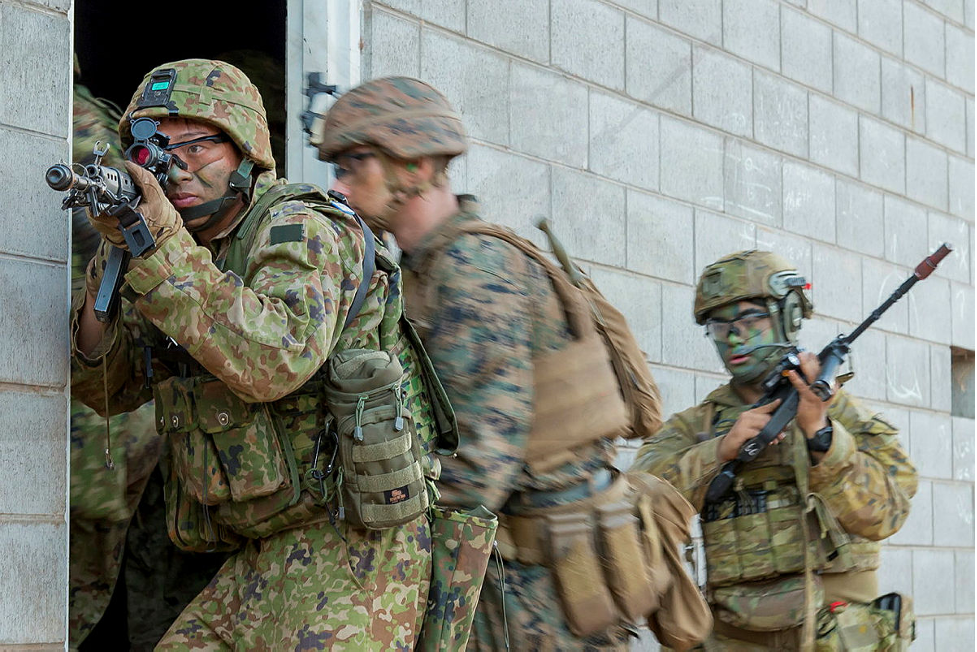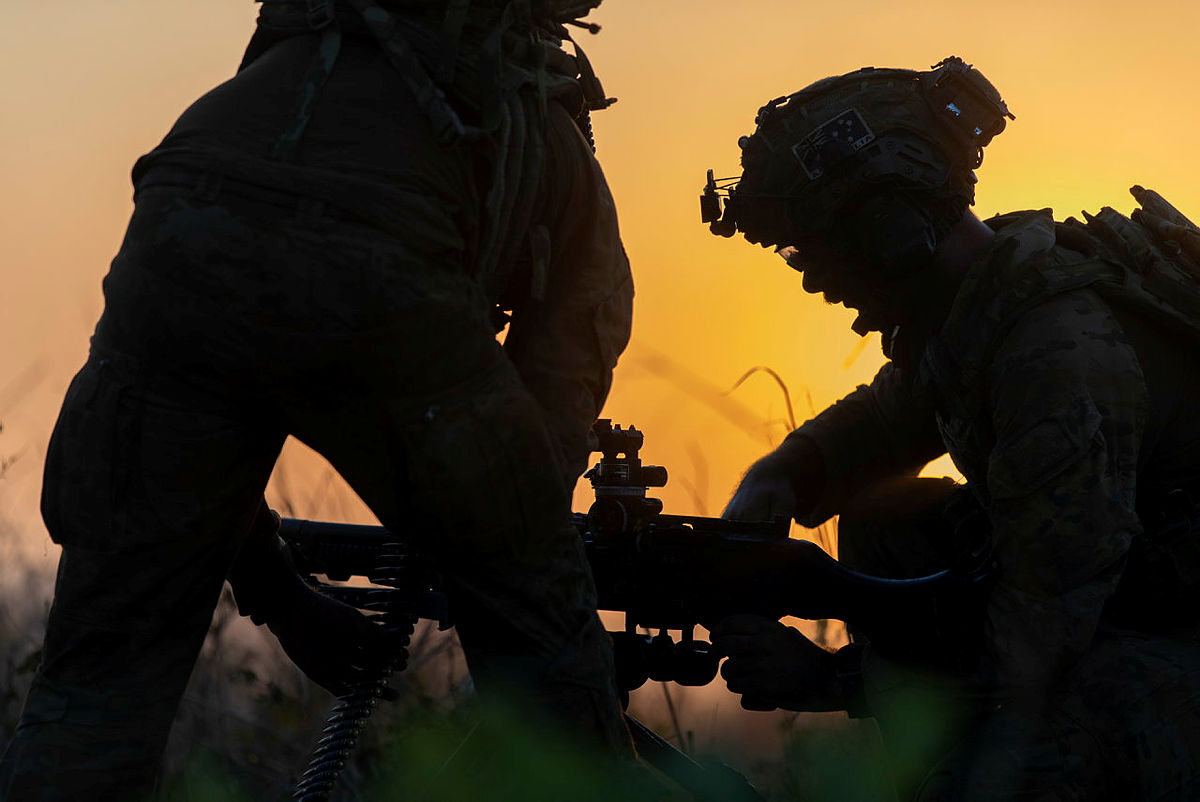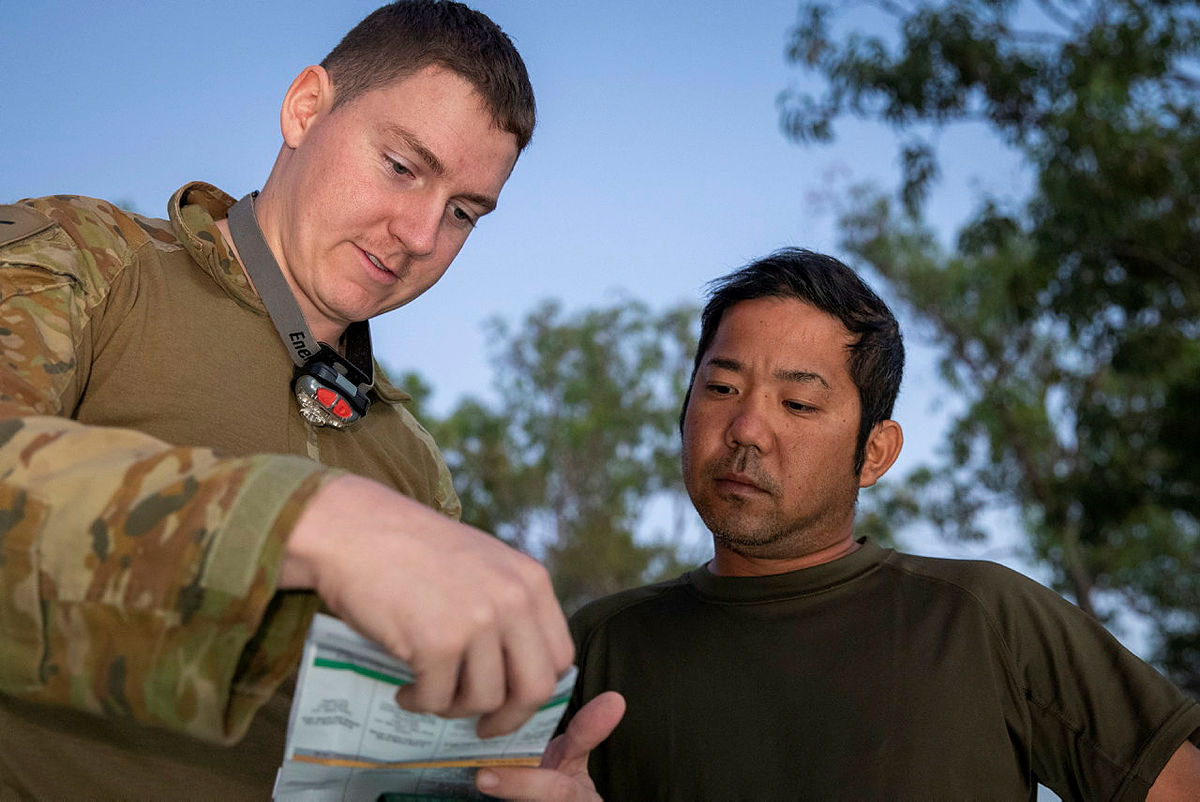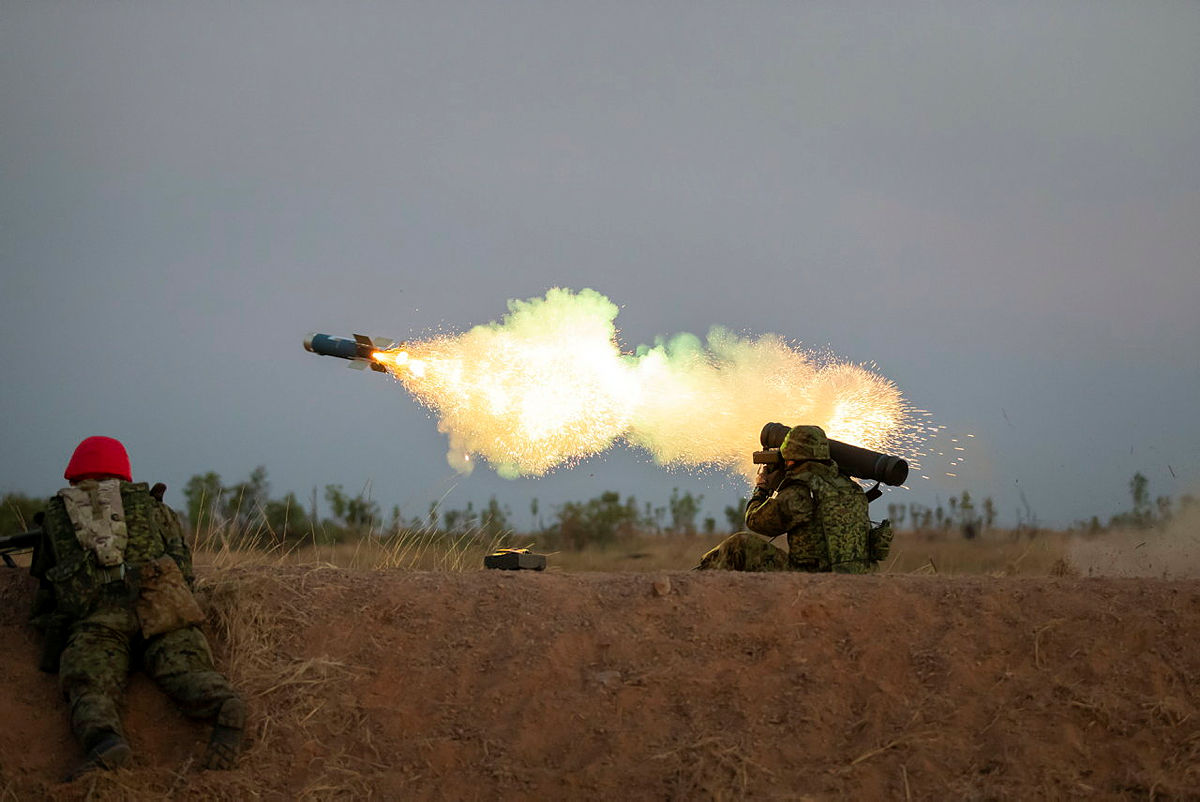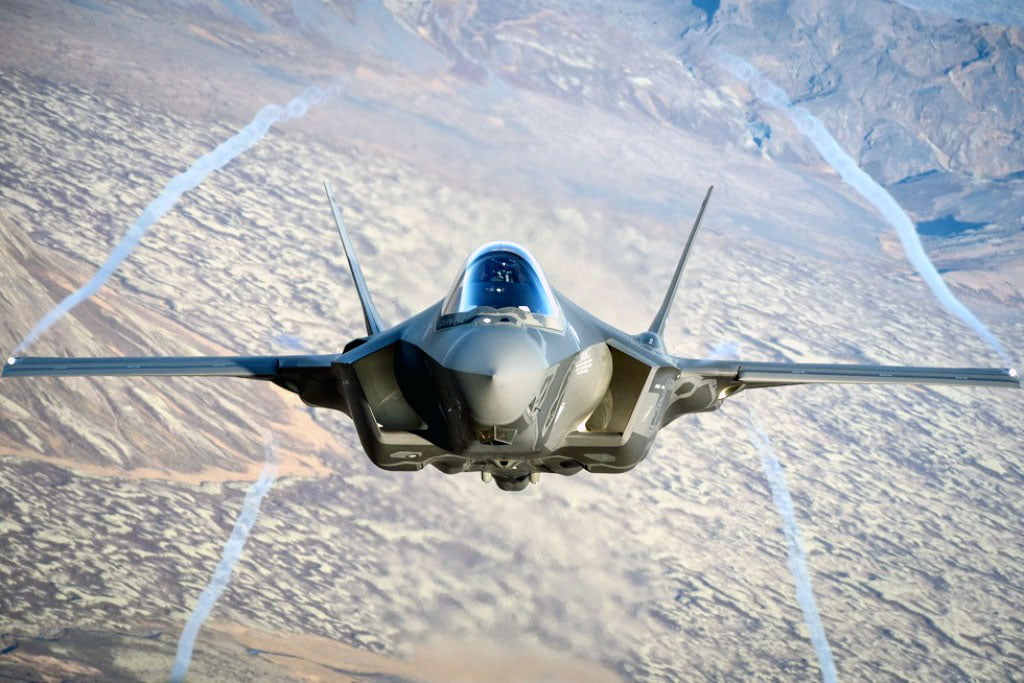Paris – Switzerland has picked the Lockheed Martin F-35 fighter jet and Raytheon Patriot surface-to-air missiles, as these offered highest benefits at lowest cost, the Swiss government said in a June 30 statement.
“The Federal Council is set to propose that parliament approve the procurement of 36 F-35A fighter aircraft from US manufacturer Lockheed Martin and five Patriot fire units from US manufacturer Raytheon,” the council said.
“An evaluation has revealed that these two systems offer the highest overall benefit at the lowest overall cost.”
The F-35A Lightning II beat rival offers of the Airbus Eurofighter Typhoon, Boeing F/A-18 Super Hornet, and Dassault Aviation Rafale.
Raytheon won against a competing offer of the SAMP/T missile based on the Aster weapon from Eurosam, a Franco-Italian joint venture of MBDA and Thales.
The government had a budget of six billion Swiss francs ($6.5 billion) for the fighters and two billion Swiss francs for a longer range air defense missile, the council said.
Lockheed Martin beat by some two billion Swiss francs the price of the nearest competitor, the council said, offering total costs of 15.5 billion Swiss francs comprising procurement and operating costs over 30 years.
The pick of the F-35 was backed by an independent review by a Zurich-based law firm.
“Homburger AG concluded that armasuisse’s cost-benefit analysis and ranking of bidders is plausible,” the council said.
An independent review was seen by a French executive as needed to quash talk of US political pressure for selection of the F-35.
The Rafale had been seen as likely to win until the Swiss media reported a couple of weeks ago the F-35 was winning approvals in the competition.
Media reports pointed up the significance of U.S. president Joe Biden’s visit to Geneva a couple of weeks ago and his support for US aircraft, when he was there for a summit meeting with his Russian counterpart, Vladimir Putin.
“I am very surprised indeed,” said Sash Tusa, analyst at equity research firm Agency Partners, with the prospect that Switzerland will be “lumbered with very high operating costs.”
Operating cost was a key element to be considered rather than just the acquisition cost, as the UK has found with its F-35 fleet, he said.
It also looked like Lockheed Martin had been very aggressive in its price, he said.
The government pick of the F-35 will likely be challenged by a referendum, he said, though a Swiss public campaign to make it compulsory for a pick of a European fighter could be complicated by poor relations between Switzerland and the European Union.
On the pick of the Patriot, that was consistent with other competitions which showed preference of the Raytheon missile over the SAMP/T, he said, raising questions over whether there was a problem on the industrial structure or the product.
“It never wins over Patriot,” he said.
The Swiss government pointed up the network capability of the F-35 and how that distinguished the fighter from competing aircraft.
“It includes entirely new, extremely powerful and comprehensively networked systems for protecting and monitoring airspace,” the government said.
“The F-35A is able to ensure information superiority; this means pilots benefit from a higher situational awareness in all task areas when compared with the other candidates.”
Cooperation with other aircraft was seen as a winning factor, with the council pointing up “extensive opportunities for operational collaboration and broad access to data and technical resources.”
Neighboring Italy flies the F-35, as do other European air forces.
In direct offset, the F-35 fell short of the best offer, said the government, which placed an obligation on Lockheed Martin to invest in Switzerland 60 percent of the order within four years after delivery of the last aircraft.
Airbus had offered to build the Eurofighter Typhoon in Switzerland if that fighter were selected.
The Social Democrats and Green party prefer selection of a European fighter over a U.S. offer, with a campaign expected easily to raise 10,000 signatures for call of a parliamentary vote against the F-35, Reuters reported.
A referendum led to cancellation of a previous government pick of the Saab Gripen in a fighter competition. The latest competition is intended to replace an aging fleet of F-18 and F-5 fighters.
Lockheed Martin welcomed the Swiss selection.
“The F-35 selection will deliver economic and technical advantages to the nation for decades to come,” the company said in a statement. “Swiss industry will have the opportunity to participate in research and development, production and sustainment opportunities that will extend their capabilities into the future.”
The pick of the Patriot missile was “amazing,” a French executive said. The present SAMP/T system met Swiss requirements of the missile exceeding an altitude of 20,000 meters and a range of 50 km, while a next-generation SAMP/T system would boost operational capabilities.
The public call for acquisition of a European system meant “the deal is not over,” the executive said.
French armed forces minister Florence Parly took note of the sovereignty of the decisions, which had opted for “non-European” equipment, the ministry said in a statement.
Parly insisted she was confident in the quality of the weapons pitched by French industry.
“Their performance is shown every day in operations, particularly by our armed forces, and they have been selected by an increasing number of partners,” the ministry said.
Finland is expected to make a selection in its fighter competition by the end of the year, while Indonesia is reported to have selected the Rafale and its finance ministry is looking for ways to raising the funding for an order.
Editor’s Note: As General Hostage pointed out in an interview we did with him when he was the ACC Commander in 2014:
People focus on stealth as the determining factor or delineator of the fifth generation, it isn’t, it’s fusion.
Fusion is what makes that platform so fundamentally different than anything else. And that’s why if anybody tries to tell you hey, I got a 4.5 airplane, a 4.8 airplane, don’t believe them.
All that they’re talking about is RCS (Radar Cross Section).
Fusion is the fundamental delineator.
And you’re not going to put fusion into a fourth gen airplane because their avionic suites are not set up to be a fused platform. And fusion changes how you use the platform.
And at the cost point that the F-35 has reached, it is hardly a boutique high end aircraft.
Why would Switzerland choose this aircraft over its fourth generation rivals?
The Swiss spent time discussing this with the Italians as well, and the Italians have used their aircraft in ways the Swiss will use as well for enhanced ISR/C2 capabilities for expanded homeland defense.
The aircraft has demonstrated superior operational capabilities in a number of recent engagements as well.
With the Block IV software, eight F-35s can operate as a wolfpack, and such a capability provides a significant 360 degree defense capability for Switzerland which lives in a neighborhood where spill over from crises can well affect its interests and security.
And as far as European sovereignty goes, how European really is Rafale as opposed to being French?
And for the Eurofighter, it is built by a European consortia, but there is no common fleet even today.
With key European nations operating and supporting the aircraft, Britain, Norway, Denmark, Belgium, the Netherlands, Poland, and Italy can certainly work with Switzerland to provide for European operational and support solutions to the most advanced combat aircraft operated in Europe today by the Europeans.
The photo shows the Italian Air Force operating in Iceland during their 2019 Iceland Air Patrol duties.


